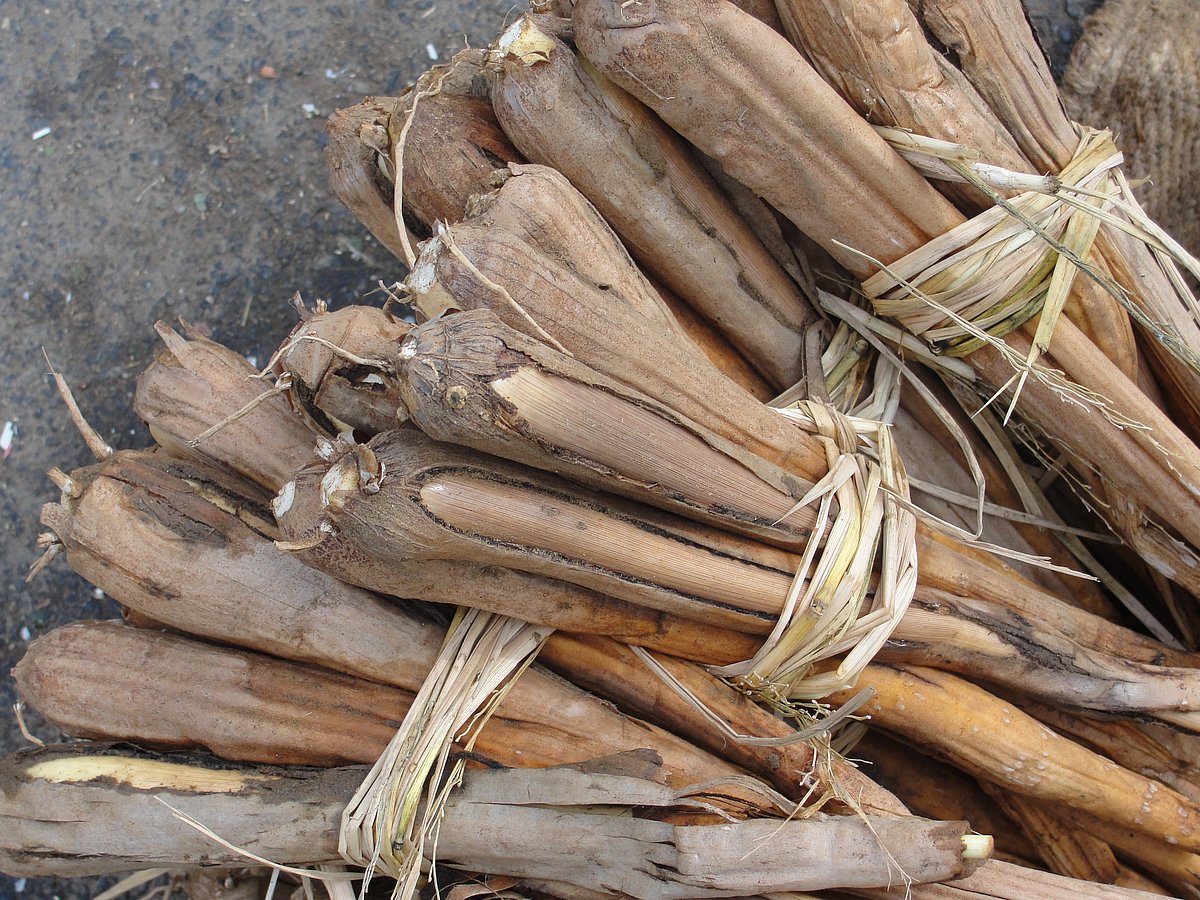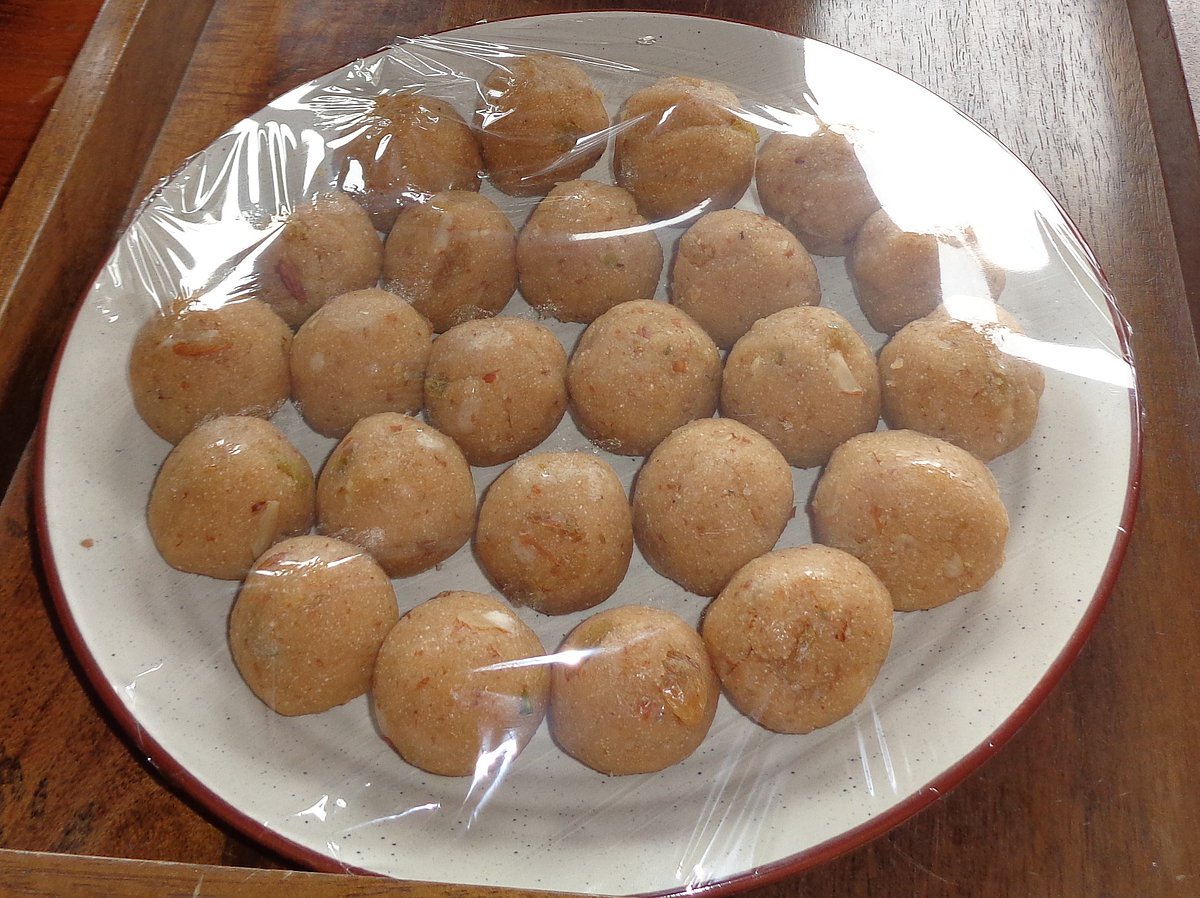Roots or root vegetables come in many forms — taproot, bulbous,
rhizomes and tubers. They boost immunity, contain fibre, antioxidants and folate. Onions and water chestnuts are bulbous; yams, radish and potatoes are tubers. Whereas beet, carrot, radish, turnip, parsnip fall under taproot category. Rhizomes are creeping root stalks. They grow underground horizontally and are capable of sprouting stems. They store starches and proteins for the plant. Ginger, turmeric, arrowroot, and ginseng are rhizomes.
Spanish Jicama/shankalu/Mexican turnip/Chinese potato:

Call it by any name, though this tuberous root tastes mildly sweet, it is low in sugar. A good carbohydrate option for diabetics and those bidding a low-sugar diet. Good to be raw or cooked, it lends a crunch to salads and stir-fries. It comes in handy as a crudité. Just steep jicama strips in hummus or your favourite dips to enjoy a scrumptious between-meal bite.
Parsnip:

White in appearance, resembles carrots, it is a dynamo of nutrients. Sweeter than carrots in taste, it is loaded with fiber, Vitamin C, and folate, providing vital nutrients. Parsnips maintain a healthy heart as they contain potassium and antioxidants that bring down the risk of chronic diseases. The sweet and nutty parsnip can be eaten raw. It can also be braised, roasted, mashed or pureed to add to soups.
Tapioca/kappa/cassava:

Wish to increase weight without a spike in cholesterol? This is the right root vegetable as it contains no saturated fat. Sago or sabudana is made from tapioca and it is pure starch. Tapioca flour makes soft bakes like biscuits, breads, cookies. The delicious, chewy pearls in Taiwanese Bubble tea are tapioca pearls. Sabudana khichdi or vada are common everyday household foods.
Indian ginseng/ ashwagandha:

For all those who wish to retain their youthful look, here’s the remedy. In Ayurveda, its roots are looked at as rasayanas. These support good health by warding off ailments, invigorate the system in tough environments and pause the aging process. It helps combat seasonal allergies. It is used in stress and anxiety related conditions. Packed with antioxidants, a glass of Ashwagandha root tea relieves anxiety, stress and offers relaxation.
Arrowroot/kooya:

It is gluten-free and also a prebiotic as it is rich in soluble dietary fibre. It is a good source of thiamine, niacin, pyridoxine, and minerals including iron, magnesium, and copper. It is known to reduce diarrhea and irritable bowel syndrome, and ease stomach cramps. Arrowroot powder can be had as kanji/porridge. It acts as a binding agent in mithais and snacks. It is also used to thicken soups and sauces.
Palmyra Sprout:

An edible tuber, this underground sprout of palm tree is high in iron. It improves haemoglobin levels in blood, halts the onset of osteoporosis and aids in the process of a healthy and normal pregnancy. It also has minerals like potassium, copper, phosphorus, and zinc, and is diabetic-friendly. Commonly grown in Bengal and Kerala, it is eaten raw, in parts of Bengal. It is a regular kitchen ingredient in Southern India. They are ground into powders to prepare items like puttu, laddoo.
Colocasia/ taro/arvi:

Contains dietary fibre and good carbs, improves digestive system. Vitamins C, E and B6 in it contribute to keeping a good immune system. Those prone to kidney stones should avoid arvi. It can be boiled, peeled and roasted with masalas or incorporated in subzis and gravies.
Elephant foot yam/jimikand/suran:

It is a stem tuber vegetable. The edible varieties are around 15 to 20. Helps maintain healthy hormonal levels, a good source of dietary fiber, protein, and vitamins. Also contains vital minerals like iron, zinc, copper and magnesium. Reduces inflammation, fatigue, and is used in the Ayurvedic treatment of piles, rheumatism, constipation and other ailments. Washed properly, they can be cubed and made into poriyal or stir-fries with a garnish of grated coconut. If undercooked, it causes itchy tongue and throat.
Sweetpotato/ shakharkand:

The root tuber is an excellent source of Vitamin A by way of beta-carotene, Vitamin C and potassium. It supports healthy vision. Its dietary fibres aid gut health and digestion. Several delicious items can be prepared by baking, sauteing or roasting but the healthiest way to eat it is by boiling.
Recipes
Tarul ko Tarkari

Ingredients:
Diced yam 1kg
Diced tomatoes 50gms
Onion 50gms
Ginger-garlic paste 2tbsp
Fenugreek seeds ½ tsp
Cumin seeds ½ tsp
Thyme seeds ¼ tsp
Nepali Jimbu (a herb) ½ tsp
Bay leaves 2
Green chilli 4
Garam masala ¼ tsp
Haldi powder ½ tsp
Grated ginger ¼ tsp
Salt to taste
Oil for cooking
Coriander for garnish
Method:
Heat pressure cooker, add oil.
Tip in fenugreek, thyme and cumin seeds.
When the seeds crackle, add bay leaves, jimbu and fry for ten seconds.
Tip in yam pieces and fry for 5 mins.
Introduce diced tomatoes, salt and the powdered spices and saute for 3 mins.
Add little water and pressure cook it for 2 whistles.
Open, add ginger and garnish with coriander leaves.
Serve hot with steamed rice or rotis.
(Recipe by By Executive Chef Sai Kumar Sharma, Tropical Retreat Luxury Resort & Spa, Igatpuri)
Palmyra laddus

Palm Sprouts – 5 to get 1 cup flour
roasted chana dal – 3/4 cup
Jaggery – 1 cup
Water – 1/4 cup
Cardamom powder– ½ tsp
Slivers of almonds/pistas optional
Method:
Cut out the head and peel the skin of palm sprouts. Wash and pressure cook for 4 whistles.
Slit open along the mid-line. Cut them into small pieces and sundry them for 1 day.
Grind it in batches in a mixer and let it dry again in the sun for another day.
Grind roasted chana dal to a fine powder.
Grate jaggery and boil with just enough water.
After it forms a foam and thickens, remove from flame and filter for impurities.
Mix chana dal and palm sprout flours well in the mixing bowl.
Add melted ghee and filtered jaggery syrup. Mix well with ladle.
Mix in cardamom pdr and nuts.
When its still warm, grease your hand with ghee and roll into laddus.
( Recipe by the writer)










